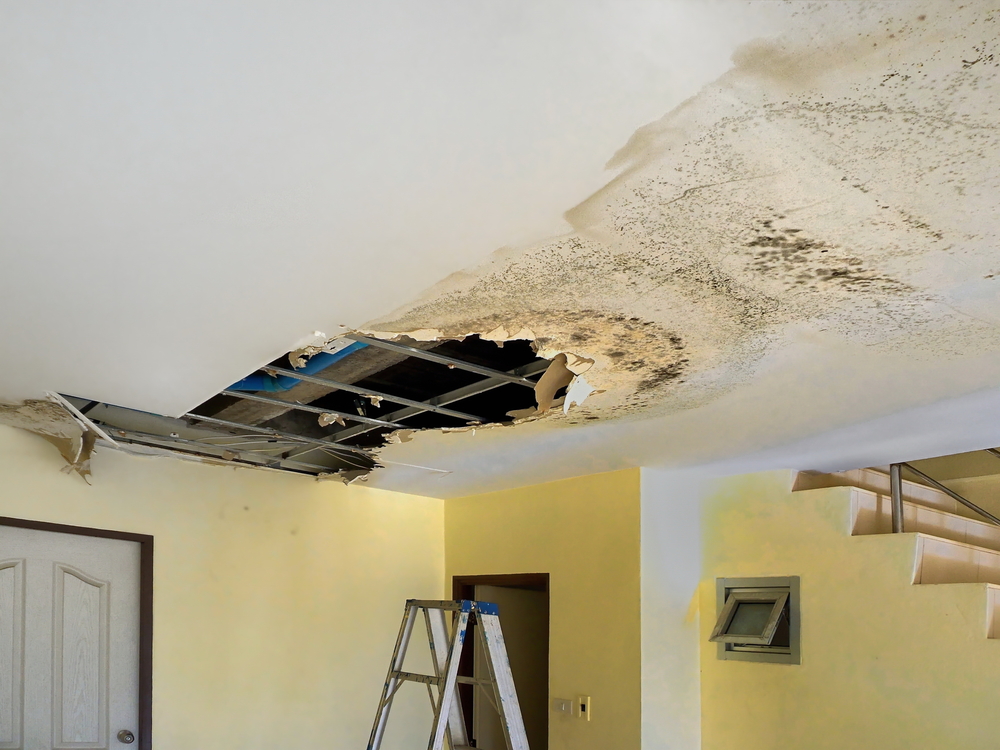How to Inspect If Your Residence Has a Hidden Leak
How to Inspect If Your Residence Has a Hidden Leak
Blog Article
We've encountered this great article involving Detecting hidden plumbing leaks directly below on the net and think it made sense to share it with you over here.

Early detection of dripping water lines can mitigate a prospective calamity. Aside from saving you cash, it will minimize the worry and stress. The moment you discover a leak, calling your plumber for repair services is the very best remedy. Some little water leaks may not be noticeable. Below are some hacks that help if you can not identify it with your nude eyes.
1. Take A Look At the Water Meter
Examining it is a surefire method that helps you uncover leakages. If it moves, that indicates a fast-moving leakage. This indicates you may have a sluggish leakage that can also be underground.
2. Check Water Usage
If you identify unexpected changes, despite your usage being the same, it implies that you have leaks in your plumbing system. A sudden spike in your bill shows a fast-moving leakage.
Meanwhile, a stable rise every month, even with the same routines, shows you have a slow-moving leak that's additionally gradually escalating. Call a plumber to extensively examine your residential property, particularly if you really feel a cozy location on your floor with piping beneath.
3. Do a Food Coloring Examination
When it comes to water usage, 30% comes from commodes. If the shade in some way infiltrates your bowl during that time without flushing, there's a leak between the container and also bowl.
4. Asses Exterior Lines
Don't fail to remember to inspect your outdoor water lines too. Should water permeate out of the connection, you have a loosened rubber gasket. One tiny leakage can waste bunches of water as well as surge your water costs.
5. Examine as well as Analyze the Situation
Homeowners need to make it a behavior to inspect under the sink counters as well as also inside cupboards for any type of bad odor or mold and mildew growth. These two red flags indicate a leakage so prompt interest is required. Doing regular examinations, also bi-annually, can conserve you from a major problem.
Examine for stainings as well as weakening as most pipelines and also appliances have a life expectations. If you presume dripping water lines in your plumbing system, don't wait for it to escalate.
Early detection of leaking water lines can reduce a potential disaster. Some small water leakages might not be noticeable. Checking it is a surefire way that aids you uncover leakages. One little leak can waste heaps of water and surge your water costs.
If you suspect dripping water lines in your plumbing system, don't wait for it to rise.
How to Know If Your Home Has a Hidden Leak
Water Meter Reveals Inexplicable Water Usage
If you’d like to test whether or not there’s a leak somewhere in your home, you can do this using your water meter. Here is how to conduct the test:
Don’t use any water in your home for at least 30 minutes; this also means not turning on faucets or water-using appliances.
Go outside, and check your water meter for activity.
If your water meter shows that there was activity, even though no one was using any water, this proves that there is a leak in your home.Visible Mold or Mildew Growth
Leaks behind walls create moist, dark environments that allow mold and mildew to grow and thrive. Eventually, you might see mold growth forming on the wall closest to a hidden leak.
If mold is growing in an area that receives a high amount of moisture, such as a bathroom, it may simply be an indication that better ventilation is needed. However, if you see mold growth on a wall or the ceiling in an area where you would not expect, you probably have a hidden leak.
Musty, Mildew Odor
Sometimes you might not be able to see the mold or mildew that is growing as a result of a leak. However, the smell can give the problem away just as easily. If you catch a whiff of something musty, there’s a good chance that old water is collecting somewhere in your home that you can’t see.
Stained/Warped Walls, Ceilings, or Floors
When your home soaks up water, a variety of red flags can become visible, including ceiling stains, bubbling drywall, warped walls, and sagging floors. While these issues can be caused by excess humidity, they can also be signs that a pipe or plumbing connection has started leaking behind your walls.
Inexplicably High Water Bill
After a while, you get a general sense for what your water bill should be. If you own a pool or sprinkler system, your bill will tend to be higher during summer. However, if you receive a water bill that seems especially high, and you can’t figure out what caused it, then you may have a hidden leak somewhere that’s increasing your bill.
https://www.plumbingjoint.com/blog/2019/july/how-to-know-if-your-home-has-a-hidden-leak/

Hopefully you enjoyed reading our post on Locating water leaks. Thanks for finding the time to browse our article post. Do you know about another person who is excited by the niche? Do not hesitate to promote it. Thanks so much for taking the time to read it.
Report this page